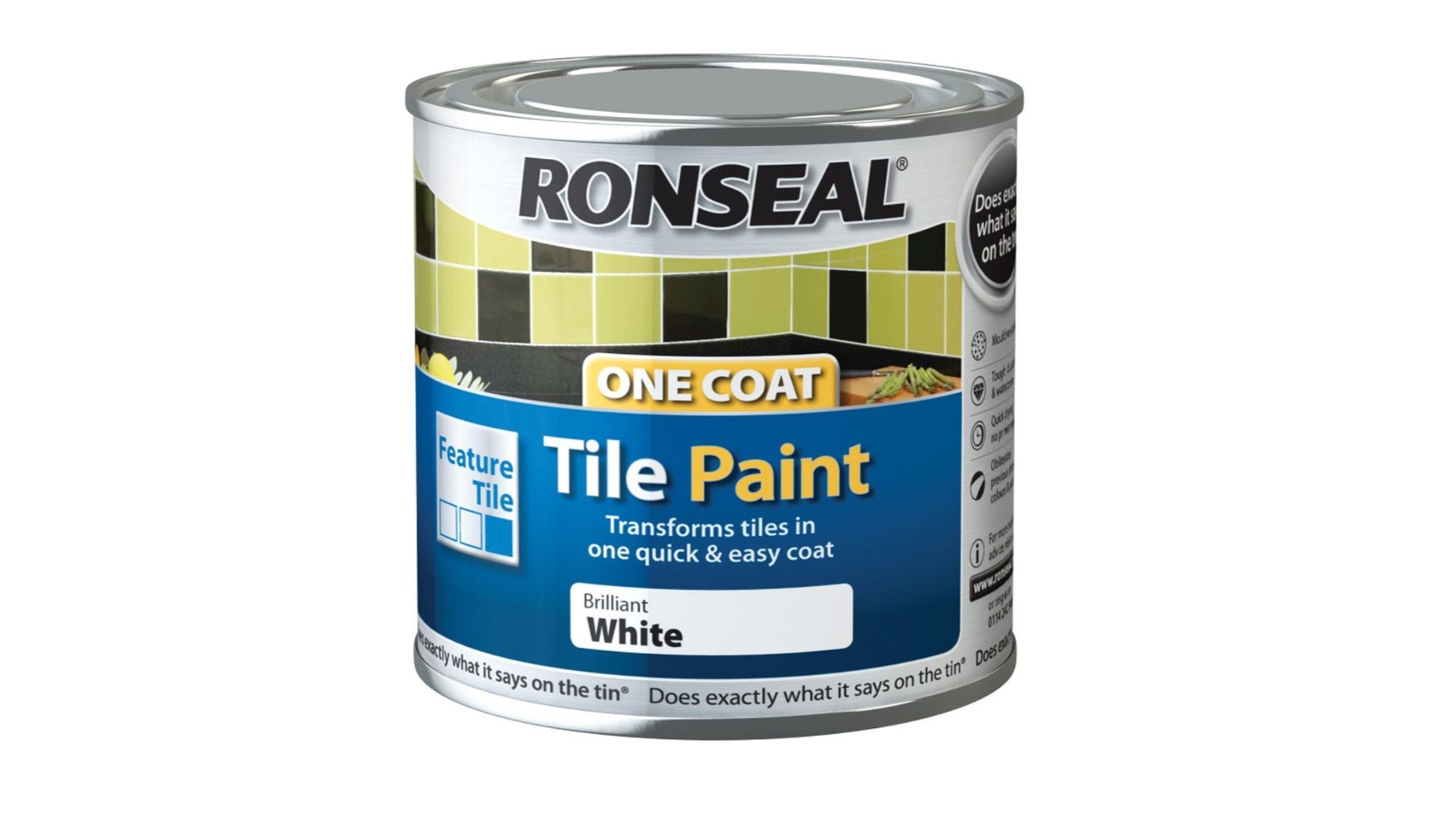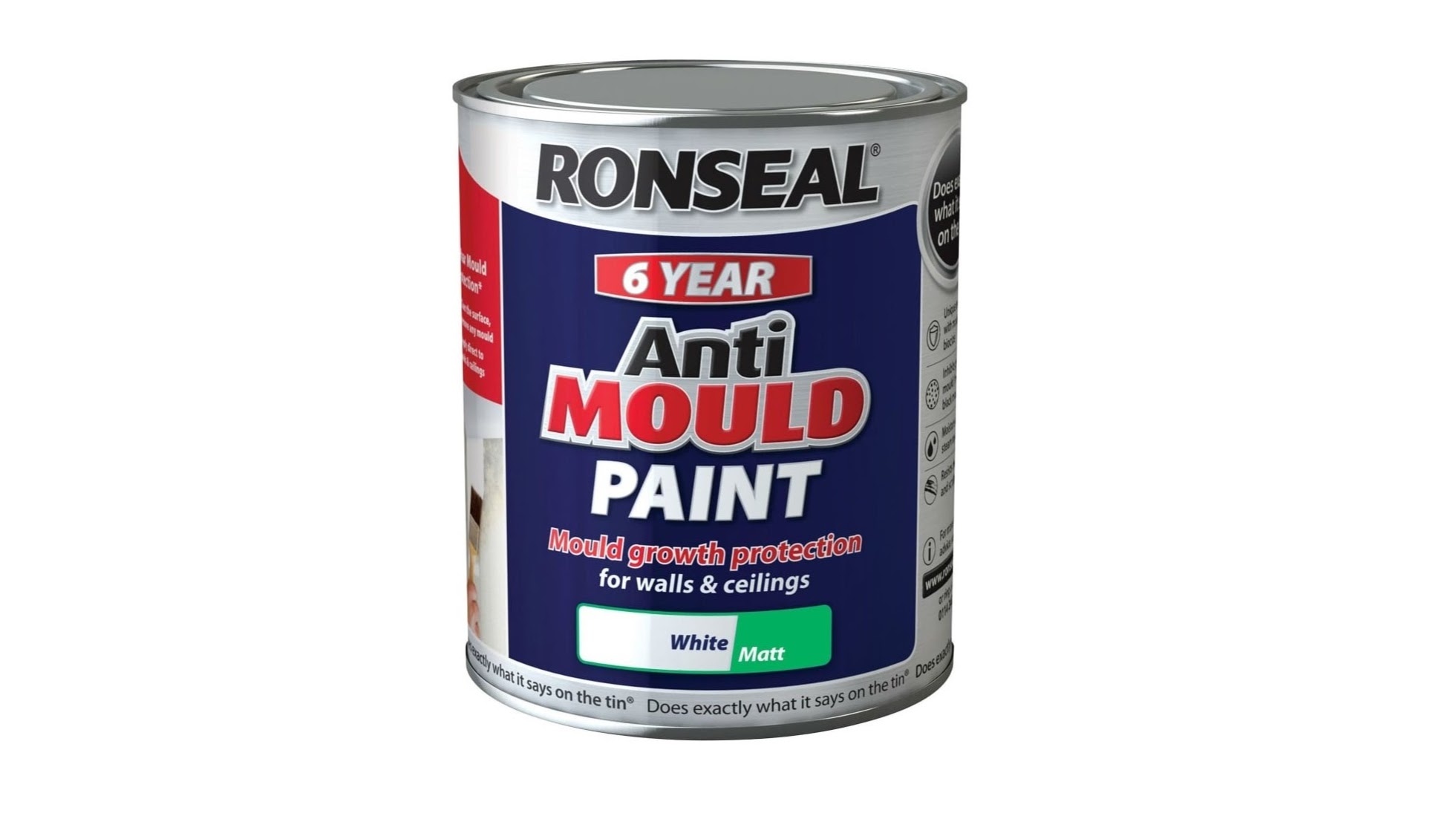Understanding Wet Bathroom Environments

Painting a bathroom can be a challenging task, especially when dealing with the unique conditions of a wet environment. Bathrooms are constantly exposed to moisture and humidity, which can create problems for paint adhesion and longevity. Understanding the challenges posed by these conditions is crucial for selecting the right paint and ensuring a successful paint job.
Factors Contributing to Moisture and Humidity
Bathrooms are inherently prone to moisture and humidity due to various factors, including:
- Showers and Baths: The primary source of moisture in a bathroom is the steam generated from showers and baths. Hot water vaporizes and fills the air, creating a humid environment.
- Sinks: Even simple tasks like washing hands or brushing teeth can release moisture into the air, contributing to the overall humidity levels.
- Lack of Proper Ventilation: Insufficient ventilation allows moisture to linger in the air, leading to condensation and mold growth.
- Poorly Sealed Windows and Doors: Gaps in windows and doors can allow humid air from outside to enter the bathroom, increasing the overall moisture levels.
Preparing a Wet Bathroom for Painting, Best paint for wet bathrooms
Before painting a wet bathroom, it’s essential to take steps to prepare the surface and create a suitable environment for the paint to adhere and last.
- Proper Ventilation: Ensure adequate ventilation by opening windows and doors during and after painting. Using exhaust fans during showers and baths is also crucial for removing moisture.
- Surface Cleaning: Thoroughly clean the bathroom surfaces with a mild detergent and water to remove dirt, grime, and any existing mold or mildew. Allow the surfaces to dry completely before painting.
- Moisture Control: Address any sources of excessive moisture, such as leaking pipes or faulty plumbing. Repairing these issues will prevent future moisture problems and improve the longevity of the paint job.
- Surface Preparation: Apply a primer specifically designed for wet areas to enhance paint adhesion and prevent mold growth.
Paint Types for Wet Bathrooms

Choosing the right paint for your bathroom is crucial for its longevity and aesthetic appeal. Wet bathroom environments are notorious for moisture buildup, humidity, and potential mildew growth, demanding a paint that can withstand these challenges. This section will delve into the different paint types suitable for wet bathrooms, exploring their unique properties and suitability for this specific environment.
Acrylic Latex Paint
Acrylic latex paint is a popular choice for wet bathrooms due to its versatility and durability. It dries quickly, emits low VOCs, and offers excellent adhesion to various surfaces.
Here’s a breakdown of its properties:
- Water-Based: Acrylic latex paint is water-based, making it easy to clean up with soap and water. This is a significant advantage in a bathroom where spills and splatters are common.
- Mildew Resistance: Many acrylic latex paints are formulated with mildewcide, inhibiting the growth of mold and mildew in humid environments. This is crucial for preventing unsightly stains and potential health issues.
- Durability: Acrylic latex paint is known for its durability, offering resistance to scrubbing and abrasion. This makes it ideal for high-traffic areas like bathrooms, where walls are prone to frequent cleaning.
- Breathability: Acrylic latex paint allows moisture to escape, preventing trapped humidity that can lead to mildew growth and paint peeling. This breathability ensures a healthier and more durable paint finish.
Epoxy Paint
Epoxy paint is a high-performance option for wet bathrooms, offering exceptional durability and water resistance. It is often used for floors, countertops, and other surfaces that experience heavy wear and tear.
Here’s a closer look at its features:
- Chemical Resistance: Epoxy paint is highly resistant to chemicals, making it ideal for bathrooms where cleaning products are frequently used. It can withstand harsh cleaning agents without degrading or losing its shine.
- Waterproofing: Epoxy paint forms a hard, non-porous coating that effectively repels water, preventing moisture from penetrating the surface. This makes it an excellent choice for shower stalls, tubs, and other areas prone to water exposure.
- Durability: Epoxy paint is extremely durable, offering resistance to abrasion, impact, and chemicals. This makes it ideal for high-traffic areas like bathroom floors, where it can withstand heavy foot traffic and furniture movement.
- Seamless Finish: Epoxy paint can be applied to create a seamless finish, eliminating gaps and crevices where moisture can accumulate. This helps prevent mildew growth and ensures a hygienic and easy-to-clean surface.
Oil-Based Paint
Oil-based paint was once a popular choice for bathrooms, but it has been largely replaced by acrylic latex paint due to its drawbacks. While it offers excellent durability and water resistance, it also has several disadvantages:
- Long Drying Time: Oil-based paint takes significantly longer to dry than acrylic latex paint, making it inconvenient for bathroom projects. This extended drying time can disrupt bathroom use and create a messy environment.
- Strong Odor: Oil-based paint has a strong, pungent odor that can linger for days, making it unpleasant to work with and live with during the drying process.
- Difficult Cleanup: Cleaning up oil-based paint requires mineral spirits or other harsh solvents, making it a more complex and potentially hazardous process compared to water-based acrylic latex paint.
- VOC Emissions: Oil-based paint releases volatile organic compounds (VOCs) into the air, which can be harmful to human health and contribute to air pollution. This is a significant concern in enclosed spaces like bathrooms.
Moisture-Resistant Paint
Moisture-resistant paint is specifically designed for wet environments, offering excellent protection against moisture, mildew, and humidity. It is often formulated with special additives that enhance its water repellency and mildew resistance.
- Enhanced Water Repellency: Moisture-resistant paint features a water-repellent coating that prevents water from penetrating the surface. This helps keep the paint surface clean and prevents moisture damage to the underlying wall or ceiling.
- Mildewcide Additives: Moisture-resistant paint typically contains mildewcide additives that inhibit the growth of mold and mildew. This is essential for maintaining a clean and hygienic bathroom environment.
- Durable Finish: Moisture-resistant paint is designed for durability, offering resistance to scrubbing and abrasion. This makes it ideal for high-traffic areas like bathrooms, where walls are prone to frequent cleaning.
Choosing the Right Paint Finish: Best Paint For Wet Bathrooms

Now that you’ve selected the right paint type for your wet bathroom, it’s time to consider the finish. The paint finish affects the appearance, durability, and ease of cleaning. Choosing the right finish for each surface in your bathroom is essential for creating a beautiful and functional space.
Paint Finishes for Wet Bathrooms
The level of sheen in a paint finish is determined by the amount of light it reflects. A higher sheen reflects more light, creating a glossier appearance, while a lower sheen reflects less light, creating a matte appearance.
- Matte: Matte finishes are the least reflective, creating a flat, velvety appearance. They are known for hiding imperfections well and offering a classic, understated look. However, they are also the least durable and most susceptible to stains.
- Eggshell: Eggshell finishes offer a slightly more reflective sheen than matte, creating a soft, subtle glow. They are more durable than matte and easier to clean, making them a popular choice for walls and ceilings in wet bathrooms.
- Satin: Satin finishes provide a smooth, velvety sheen, making them a good choice for areas that require some durability and easy cleaning, such as walls and trim. They are also resistant to moisture and mildew, making them suitable for wet environments.
- Semi-gloss: Semi-gloss finishes have a noticeable sheen that reflects light well. They are highly durable and easy to clean, making them ideal for high-traffic areas like trim, doors, and cabinets. They are also water-resistant and mildew-resistant, making them suitable for wet bathrooms.
- Gloss: Gloss finishes offer the highest level of sheen, creating a high-gloss, mirror-like appearance. They are the most durable and easiest to clean, making them suitable for areas that need frequent cleaning, such as cabinets, trim, and doors. Gloss finishes can also make a space appear larger and brighter.
Recommended Paint Finishes for Bathroom Surfaces
- Walls: For bathroom walls, eggshell or satin finishes are generally the best choices. They offer a balance of durability, ease of cleaning, and a soft, elegant appearance.
- Ceilings: Eggshell or satin finishes are also suitable for bathroom ceilings. They provide a smooth, clean look and are easy to clean, making them ideal for areas that tend to accumulate dust and moisture.
- Trim: Semi-gloss or gloss finishes are best for bathroom trim, such as door frames, window frames, and baseboards. They offer excellent durability and are easy to clean, making them ideal for high-traffic areas that are prone to moisture and dirt.
- Cabinets: Semi-gloss or gloss finishes are also recommended for bathroom cabinets. They provide a durable, easy-to-clean surface that can withstand the moisture and humidity of a bathroom environment.
